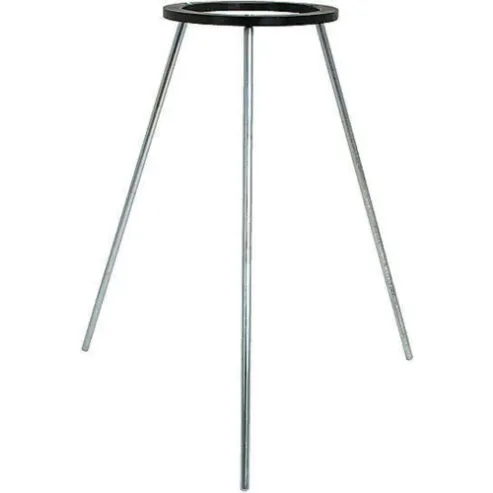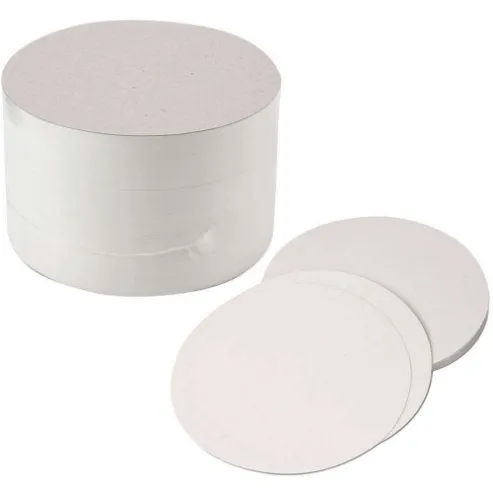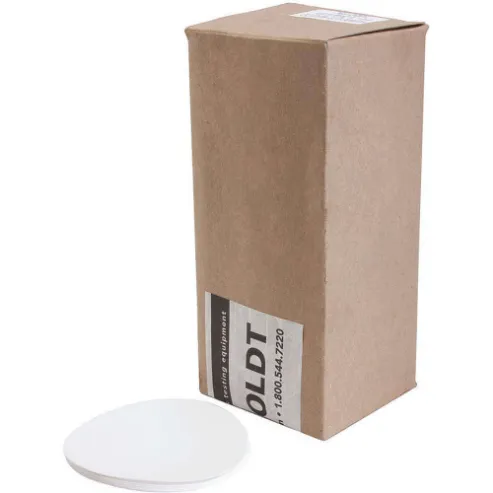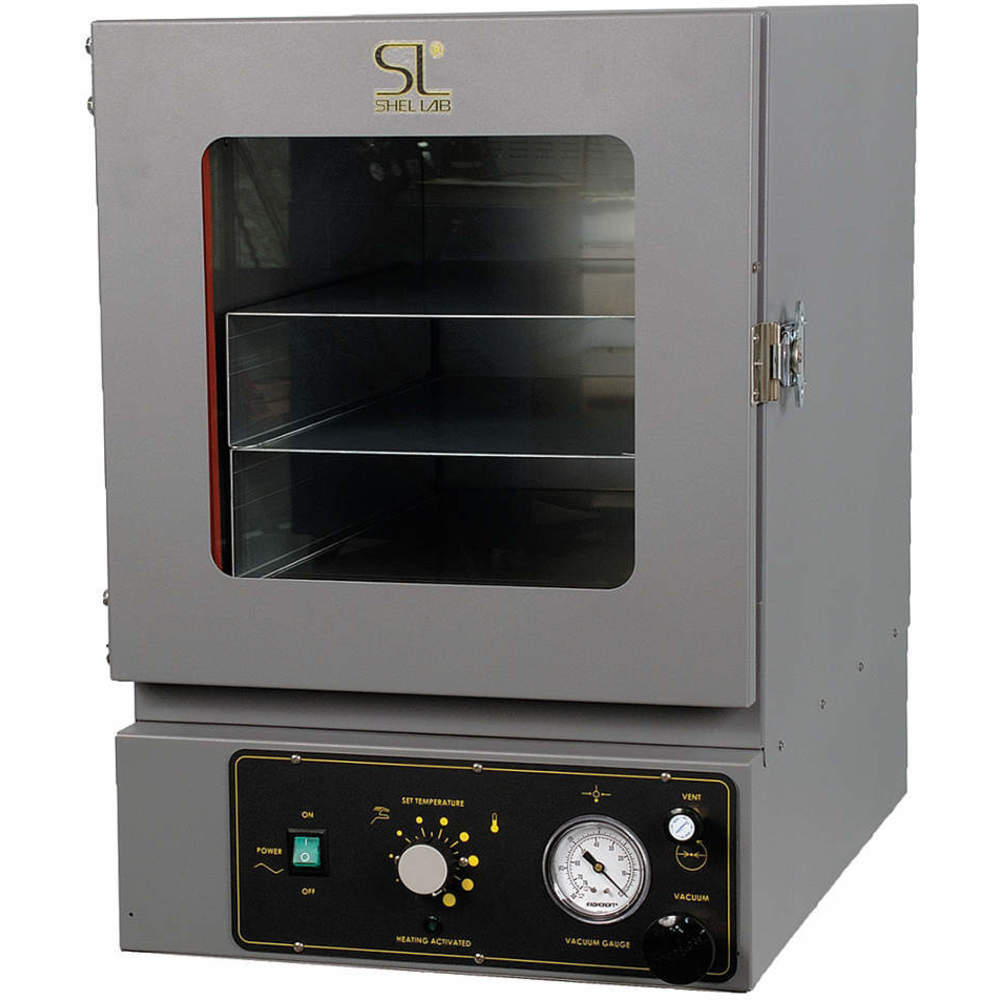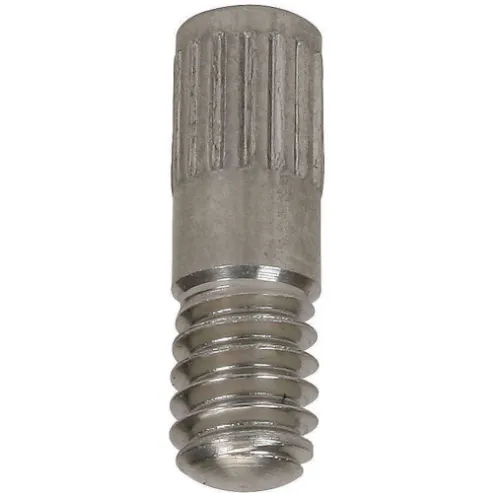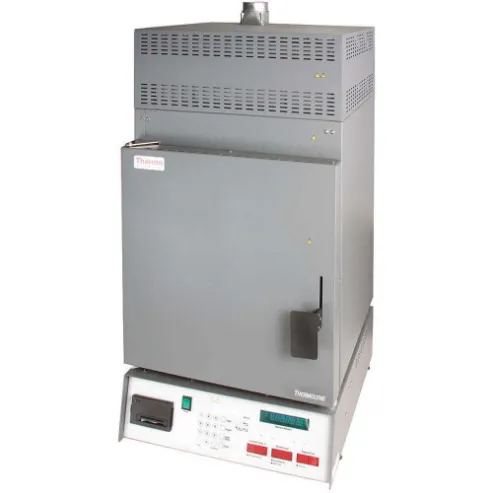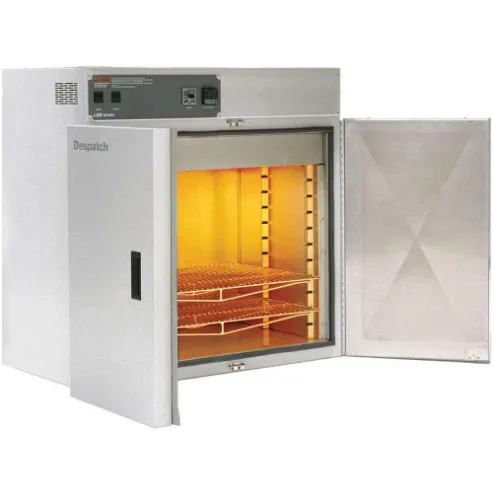Laboratory ovens and furnaces are specialised equipment ideal for heating materials in a controlled environment. They are used in material testing and sterilization & drying applications. Some common... Read More
Laboratory ovens and furnaces are specialised equipment ideal for heating materials in a controlled environment. They are used in material testing and sterilization & drying applications. Some common types of lab ovens are forced-air ovens, gravity convection ovens & vacuum ovens. Forced-air ovens use a fan to circulate heated air around the interior of the oven whereas gravity-convection ovens use natural convection currents to circulate heated air around the oven's interior. Vacuum ovens, on the other hand, vacuum out the air of the oven and helps in heating the material without oxidising it. Raptor Supplies offers laboratory ovens and furnaces from brands like Dynalon, Humboldt, Lab Safety Supply, Shel Lab & Quincy Lab. Read Less
 £ GBPChange Country
£ GBPChange Country